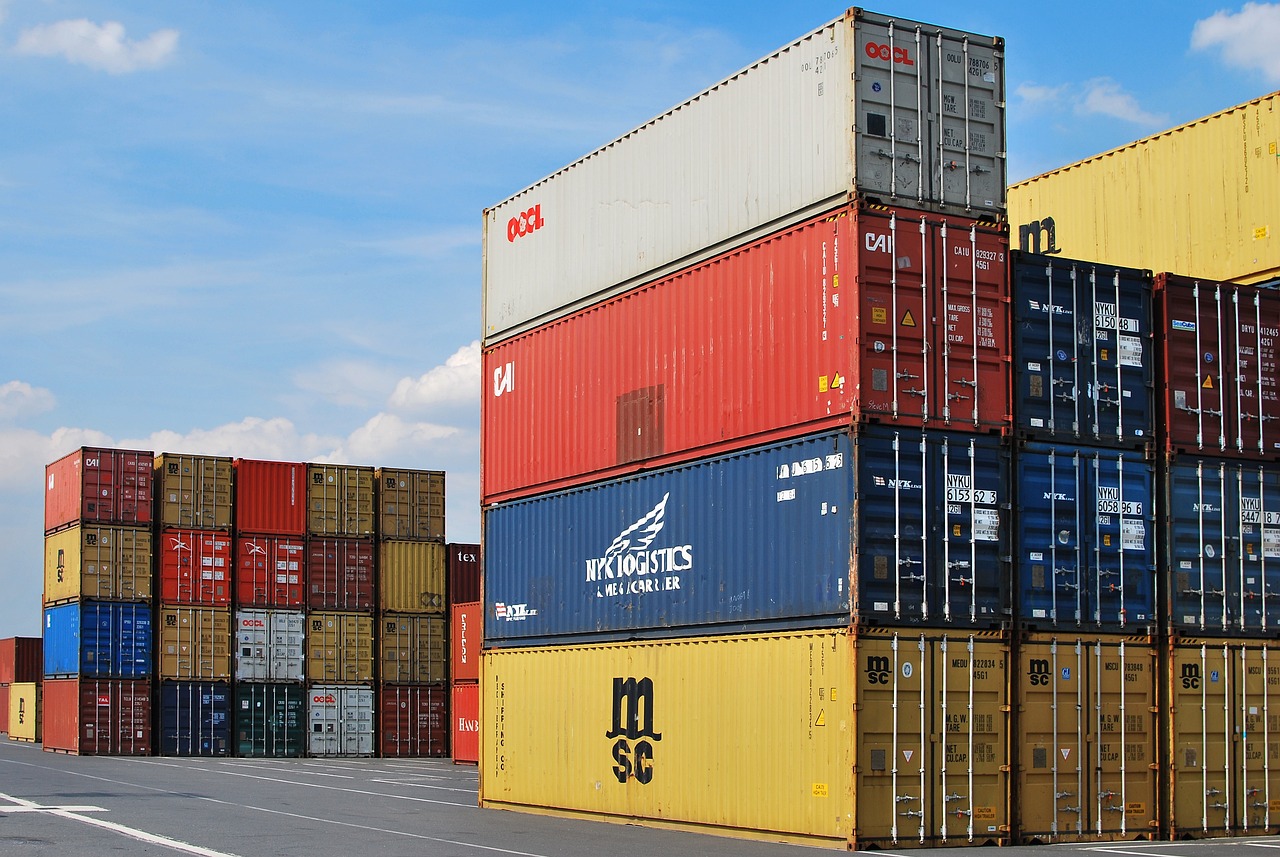
The economic cooperation of the Visegrad Four countries has become increasingly important in recent years.Continue reading

Ninety percent of exports from V4 countries are to European Member States, meaning a high geographical concentration, writes Magyar Nemzet. Within this, Slovakia has the most favorable export concentration and the Czech Republic the highest. Hungary is in a favorable position, with an indicator of 9.42 percent, but the economic growth of all the countries is strongly influenced by the performance of the German economy.
The diversification of the export structure has been an issue in Hungary and in the neighboring countries for many years. The interconnection between the V4 countries’ (Hungary, Slovakia, Czech Republic, and Poland) and the German economy has evolved over centuries, has developed steadily, and now takes the form of the automotive sector, said Oeconomus Economic Research Foundation, examining the degree of concentration of foreign trade in the V4.
In Hungary, there has recently been a greater focus on opening up to the East and South,
intending to reduce geographical concentration. Now, in the context of the political debate over EU funds, there is a greater emphasis on Asian countries for foreign direct investment (FDI), which is seen as a major achievement in economic policy.

The automotive industry has become a key sector in Hungary. Photo via Facebook/Audi Hungaria Győr
It is no coincidence that in 2022, the region had quite a high share of FDI in Hungary. This is one of the benefits of the geographical diversification of exports.
It is fundamentally beyond economic dispute that a more diversified product export structure and lower geographical concentration contribute to reducing the vulnerability of national economies. It is also a measure of crisis resilience that has been calculated by companies for a very long time. The methodology is very similar to calculating the vulnerability of a country.
Looking at the geographical concentration of Hungary’s exports, it can be seen that ninety percent of its total exports are concentrated in Europe, i.e. the country’s largest trading partner is the EU itself. The so-called Herfindahl-Hirschman Index (HHI), measuring market concentration, is therefore 0.0942, or 9.42 percent for Hungary, which is the second lowest among the V4 countries (the lower the better.) However, eighty percent of Hungarian exports are with 16 countries, clearly indicating geographical concentration. Poland also has a ninety percent share of Europe in its exports, with a calculated HHI of 0.103, or 10.3 percent. Eighty percent of Polish exports are traded with 17 countries, roughly the same as for Hungarian exports.
Slovakia also has a strong European focus (90 percent), but the calculated indicator is the most favorable at 0.0881, or 8.81 percent. (Of course, the indicator takes into account the presence of export products from other third countries, and the Slovaks are probably the best in this respect.)
Ninety percent of the Czech Republic’s exports are also intra-European exports, and the calculated HHI index is 0.1291, or 12.91 percent, the highest in the V4. Eighty percent of Czech exports come from a total of 13 countries.
In terms of exports, Germany plays a leading role in all relations and it is clear that the evolution of the index is shaped by German export performance.
Via Magyar Nemzet, Featured image via Facebook/Audi Hungaria Győr